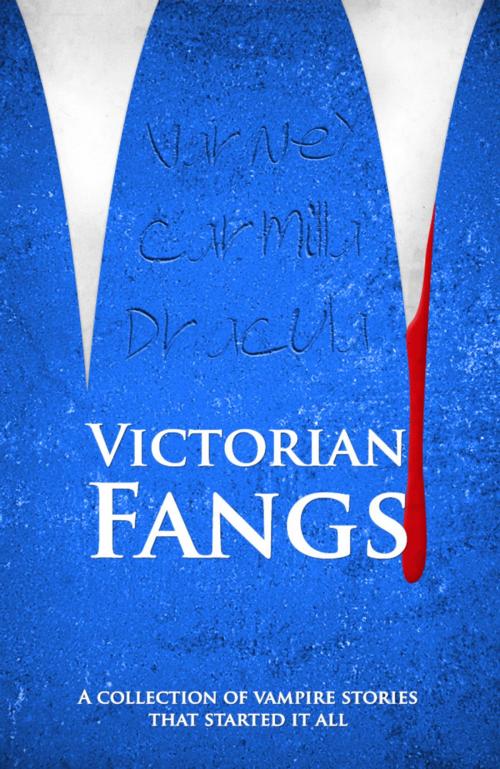| Author: | Bram Stoker, J. Sheridan LeFanu, James Malcolm Rymer | ISBN: | 1230000286252 |
| Publisher: | JPU | Publication: | December 16, 2014 |
| Imprint: | Language: | English |
| Author: | Bram Stoker, J. Sheridan LeFanu, James Malcolm Rymer |
| ISBN: | 1230000286252 |
| Publisher: | JPU |
| Publication: | December 16, 2014 |
| Imprint: | |
| Language: | English |
In the Victorian Era, the vampire underwent a transformation from monster of folklore to the creature we think of today. Beginning with the publication of Varney the Vampire by James Malcolm Rymer in 1845, the vampire went from a possessed corpse terrorizing villagers to undead nobility haunting drawing rooms and upper-class bedchambers.
Varney was the origin of many tropes we still associate with vampires today, including the pair of fang marks on the victims. Interestingly, it is also one of the only sympathetic treatments of the vampire until the publication of Interview with the Vampire over a century later. Although his monstrous nature drives him to do terrible things, Sir Varney is tormented by guilt over his actions.
The publication of Carmilla by Joseph Sheridan Le Fanu introduced the first lesbian vampire in 1872. Although Le Fanu portrays his vampire's sexuality with the circumspection that one would expect from a writer of his time, it is evident that lesbian attraction is the main dynamic between Carmilla and the narrator of the story.
Of course, the most famous vampire of all time, the one who truly set the type for modern audiences, is Bram Stoker’s 1897 creation, Dracula. Harkening back to the ancient tales of vampire as spirit, the infamous Count causes trouble on English shores well before his earthly body arrives on a ghost ship whose crew have succumbed to his monstrous appetite.
"Victorian Fangs" includes meticulously edited, definitive versions of the three novels: "Varney the Vampire", "Carmilla" and "Dracula", indexed chapter by chapter and formatted for Kindle. Over 150 original illustrations are included.
In the Victorian Era, the vampire underwent a transformation from monster of folklore to the creature we think of today. Beginning with the publication of Varney the Vampire by James Malcolm Rymer in 1845, the vampire went from a possessed corpse terrorizing villagers to undead nobility haunting drawing rooms and upper-class bedchambers.
Varney was the origin of many tropes we still associate with vampires today, including the pair of fang marks on the victims. Interestingly, it is also one of the only sympathetic treatments of the vampire until the publication of Interview with the Vampire over a century later. Although his monstrous nature drives him to do terrible things, Sir Varney is tormented by guilt over his actions.
The publication of Carmilla by Joseph Sheridan Le Fanu introduced the first lesbian vampire in 1872. Although Le Fanu portrays his vampire's sexuality with the circumspection that one would expect from a writer of his time, it is evident that lesbian attraction is the main dynamic between Carmilla and the narrator of the story.
Of course, the most famous vampire of all time, the one who truly set the type for modern audiences, is Bram Stoker’s 1897 creation, Dracula. Harkening back to the ancient tales of vampire as spirit, the infamous Count causes trouble on English shores well before his earthly body arrives on a ghost ship whose crew have succumbed to his monstrous appetite.
"Victorian Fangs" includes meticulously edited, definitive versions of the three novels: "Varney the Vampire", "Carmilla" and "Dracula", indexed chapter by chapter and formatted for Kindle. Over 150 original illustrations are included.















